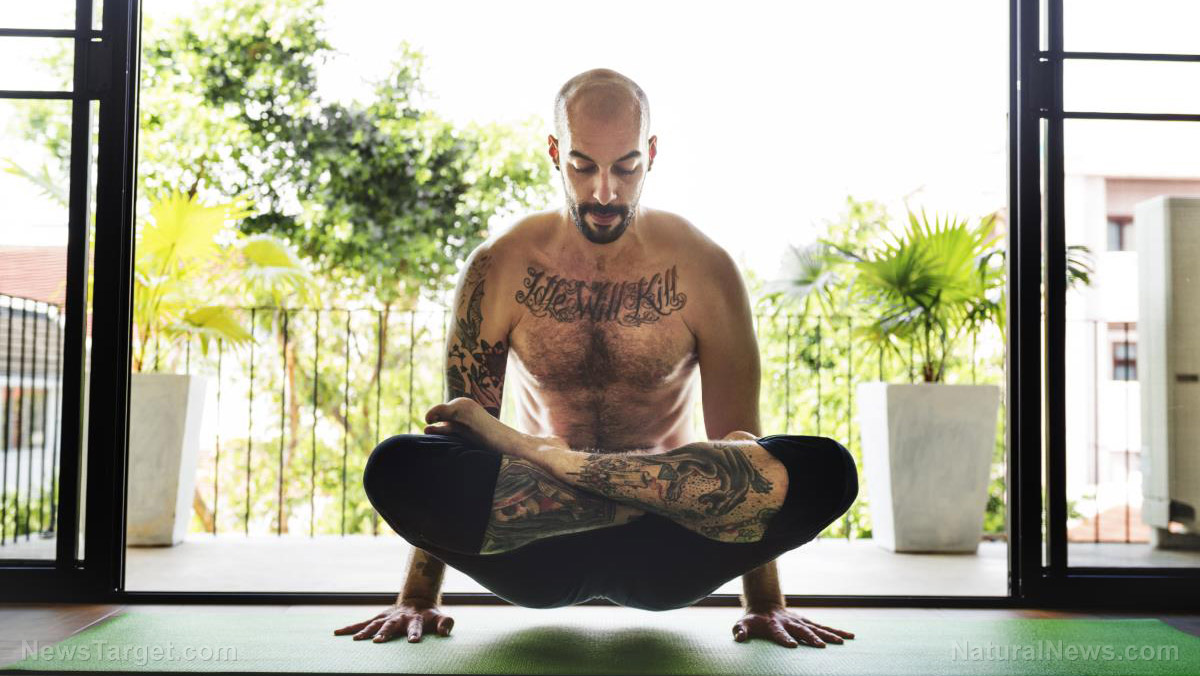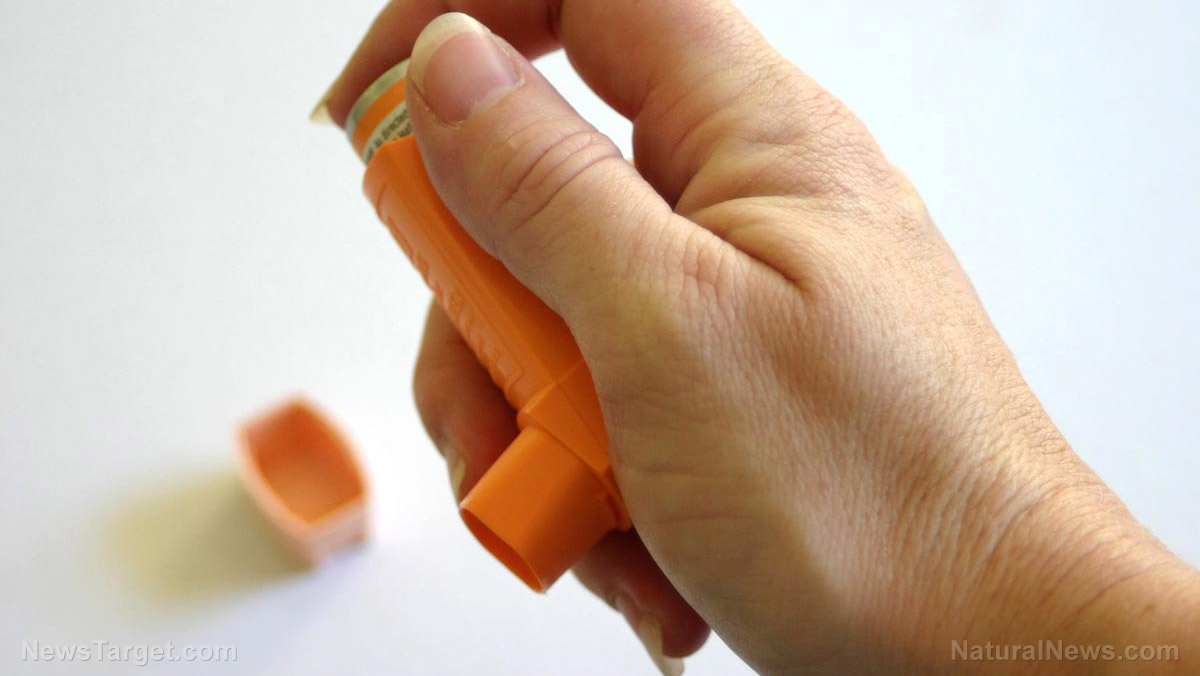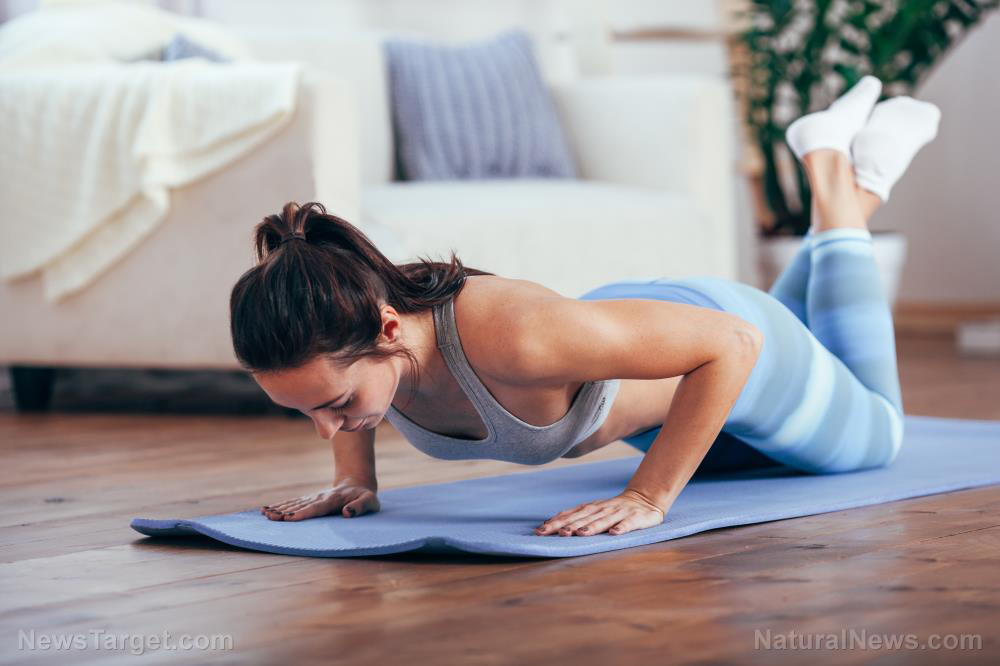Reduce anxiety FAST by knowing how to breathe properly
09/03/2018 / By Zoey Sky

Did you know that a breathing technique can help reduce anxiety?
According to Dr. Danny Penman’s article on PsychologyToday.com, mindfulness “has been clinically proven to beat depression and enhance happiness, clarity of thought, and even decision-making and creativity.” Penman added that breathing, which is the cornerstone of mindfulness, can help ease your anxiety and stress.
Breathing techniques are effective since your breath reflects and amplifies your emotions. When you breathe incorrectly, you can worsen your anxiety, depression, and stress.
If you’re faced with momentary stress, the body becomes tense and you breathe a little more shallowly. Shallow breaths decrease oxygen levels in the blood, which the brain interprets as stress. You start to breathe a bit faster and shallower. Your oxygen levels fall, your heart starts to race, and the brain becomes more stressed.
Breathe properly to relax
Proper breathing is key to countering stress. A gentle rising and falling breath can trigger the parts of the brain and nervous system that helps you calm down. Soothing hormones will flow through your body and they can help calm negative thoughts. As you start to relax, you will breathe deeper and more slowly. (Related: Yoga helps calm generalized anxiety disorder.)
This exercise can help you practice proper breathing:
- Place a cushion under your head and lie flat on the ground.
- Close your eyes. Put your hands on your stomach and feel it rise and fall as you breathe in and out.
- Focus on the natural rhythm of your breath. Feel the air as you inhale and exhale, then relax as you breathe.
- After several breaths, your heart will start to slow down and beat more effectively.
This exercise can help your breathing become deeper and more rhythmic. Do this exercise whenever you want to relax.
Proper breathing requires the muscles of the diaphragm, the abdomen, and the intercostal muscles between your ribs. These muscles are supported by smaller secondary muscles in the neck, upper ribs, and shoulders.
When you’re sitting at a desk for most of the day, you tend to breathe incorrectly. Bad posture can interfere with the natural motion of your chest, lungs, and shoulders. Being anxious or stressed can also make your abdomen tense, which prevents big primary muscles from working properly. This also forces the secondary muscles to do all the work.
However, your secondary muscles are only capable of taking on 20 percent of the burden when breathing. When the primary muscles aren’t working, the secondary muscles become stressed. Continued stress on these muscles can result in chronic tension in the neck and shoulder, fatigue and headaches, and even shallower breathing.
To avoid tension in your secondary muscles, try simple breath-based meditation. You will need a straight-backed chair and the proper breathing technique.
- Sit straight in the chair and keep your hands in your lap. Close your eyes.
- Focus on your breath as you inhale and exhale. Feel each breath.
- If your mind starts to wander, try to focus on your breathing.
- When your mind wanders, bring your attention back to every breath.
- You start meditating when you notice that your mind has stopped focusing on each breath.
Practice this breathing and mindfulness exercise for several minutes, or longer, if you wish. This mindfulness exercise can help you calm down if you’re anxious and overwhelmed.
You can also pair it with other tips such as getting enough sleep every night, reducing your caffeine intake, or writing down your worries.
Breathing properly and meditating can help you manage your anxiety and regain a sense of peace and calm even on a stressful day.
You can read more articles about other breathing techniques and natural ways to manage anxiety at Mind.news.
Sources include:
Tagged Under: Anxiety, anxiety relief, breath-based meditation, breathing, breathing exercises, breathing techniques, de-stressing, depression, Meditation, mental health, mind body science, mind-body medicine, mindfulness, proper breathing, Psychology, relaxation, sleep, stress, stress relief



















